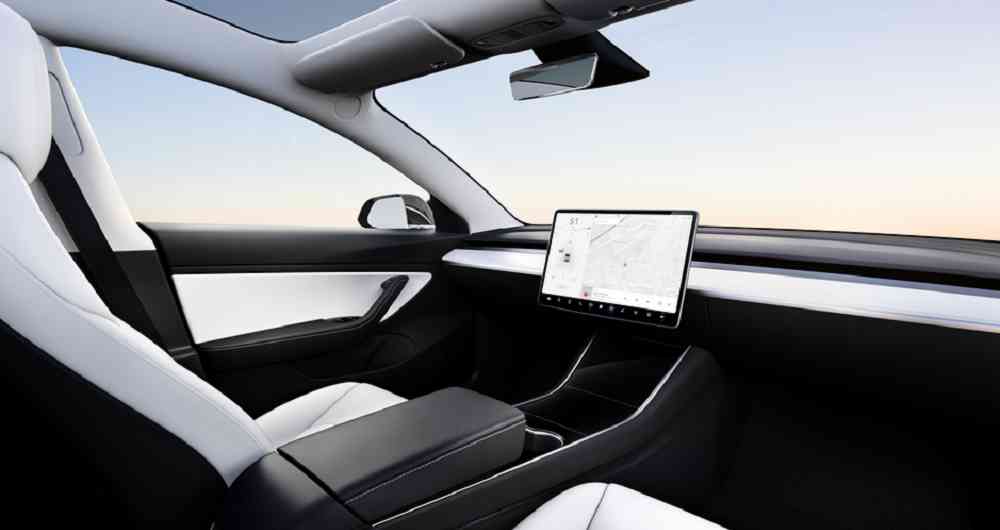If there’s one thing that usually drives Elon Musk at Tesla, that’s innovation. But sometimes that goes faster than regulatory procedures, as seen now with the plan to launch robotaxi vehicles.

Last year, Musk announced a plan to launch one million vehicles for a self-driving ride-sharing network by the end of 2020. It’s an extension of Tesla’s “Full Self-driving Capability” plan to improve its Autopilot system in all its vehicles produced since 2016 — leading to those vehicles being capable of self-driving.
Now, amid the coronavirus outbreak disrupting factories across the globe, Tesla’s CEO said that he still believes in the company’s ability to deliver on the functionality of the robotaxi fleet by the end of the year. Nevertheless, this will depend on regulatory approval, he added.
Tesla currently offers Autopilot, which is a very competent suite of advanced driver assistance systems when appropriately used, but it’s nowhere near capable of “full self-driving” as Tesla likes to call it – something that would come before the end of the year if all goes well.
Since the autopilot system was launched in 2016, there are also quite a few Teslas in the market that don’t have this feature, meaning the company will have to send an over-the-air update with Autopilot to compatible cars. This will then make them capable of running as robotaxis.
Tesla’s aim is to enable owners to add their properly equipped vehicles to its own ride-sharing app, which will have a similar business model to Uber or Airbnb. Tesla will take 25 to 30% of the revenue from those rides, Musk said. In places where there aren’t enough people to share their cars, Tesla would provide a dedicated fleet of robotaxis.
“I feel very confident predicting that there will be autonomous robotaxis from Tesla next year — not in all jurisdictions because we won’t have regulatory approval everywhere” Musk said last year, without detailing what regulations he was referring to.
The US federal government does not have any laws regulating autonomous vehicles. There are only voluntary guidelines. And if the vehicles are not altered in any way on the hardware side — such as removing the steering wheel or pedals, for instance — it’s unclear how the federal government could limit Tesla.
The concept of autonomous vehicles has been around for quite some time with several tech companies including Google, Uber, and even Apple said to be involved with self-driving automobiles. In many cases, ambitious plans for rapid deployment have run into unexpected problems.


